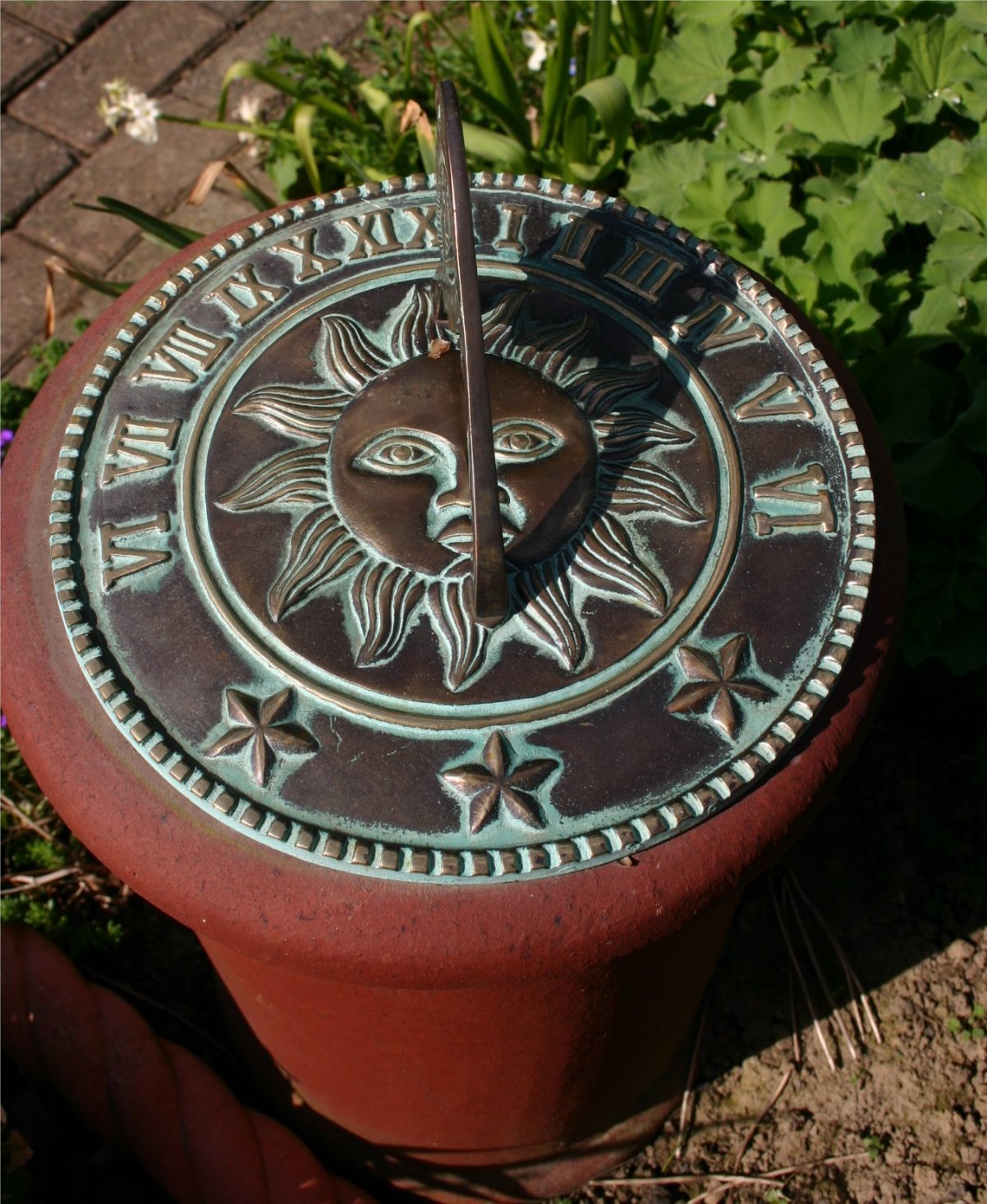Sunshine
We get a lot of energy from the sun. Whether it is behind the clouds or shining brightly in the sky it affects the weather greatly. You need to be very careful not to look directly at the sun; it can harm you sight.
There are several features of sunshine which can be measured. Some can be done without much apparatus, others need more expensive equipment.
When you have finished reading about this you may want to return to Collecting Data. If you are feeling hot you may want to go to Below Freezing!
Collecting DataSome more expensive weather stations can Collect data about sunshine. Some record the times of dawn and dusk. This will vary as
the length of day changes with the seasons. They can also record
the sunshine hours. |
 |
Ultra Violet RadiationUltra violet radiation is the part of the sun's energy which causes burning. This is measured using an index where the higher the number the greater the danger of burning. This can provide information to decide what precautions need to be taken to avoid burning. |
 |
Ultra Violet MonitorThis little device is a few centimetres across. The circle in the centre changes colour according to how strong the ultra violet rays are that it is being exposed to. When the photograph was taken it was quite cloudy. |
 |
UV Index ScaleYou may have guessed that UV stands for ultra violet, the harmful part of the sun's rays. The UV Index was devised so that different strengths would have a number that gives us an idea of what sort of protection we should use. The higher the number the more care you will need to take. Look at the link on the right to see more details. |
|
RainbowWhen the sun shines through falling rain a rainbow appears. The water splits
the sun's light into the colours of the spectrum. You can learn the order of the colours by learning the phrase 'Richard of York gave battle in vain'. Sometimes conditions mean that there is a double rainbow. You will see that the
colours are in the opposite order on each of the rainbows. |
|
Making a RainbowThis rainbow was made using a garden hose. Read the instructions on the right to make one yourself. You will see it more clearly than in this video. |
[No speech] |
SundialAs the earth rotates the direction of the shadows change length and direction.
Before clocks were invented this was used to give an idea of
the time. A sundial has a shape called a gnomon which casts
a shadow. This points to the time round the edge of the sun
dial. This only worked when it was not cloudy. |
|


